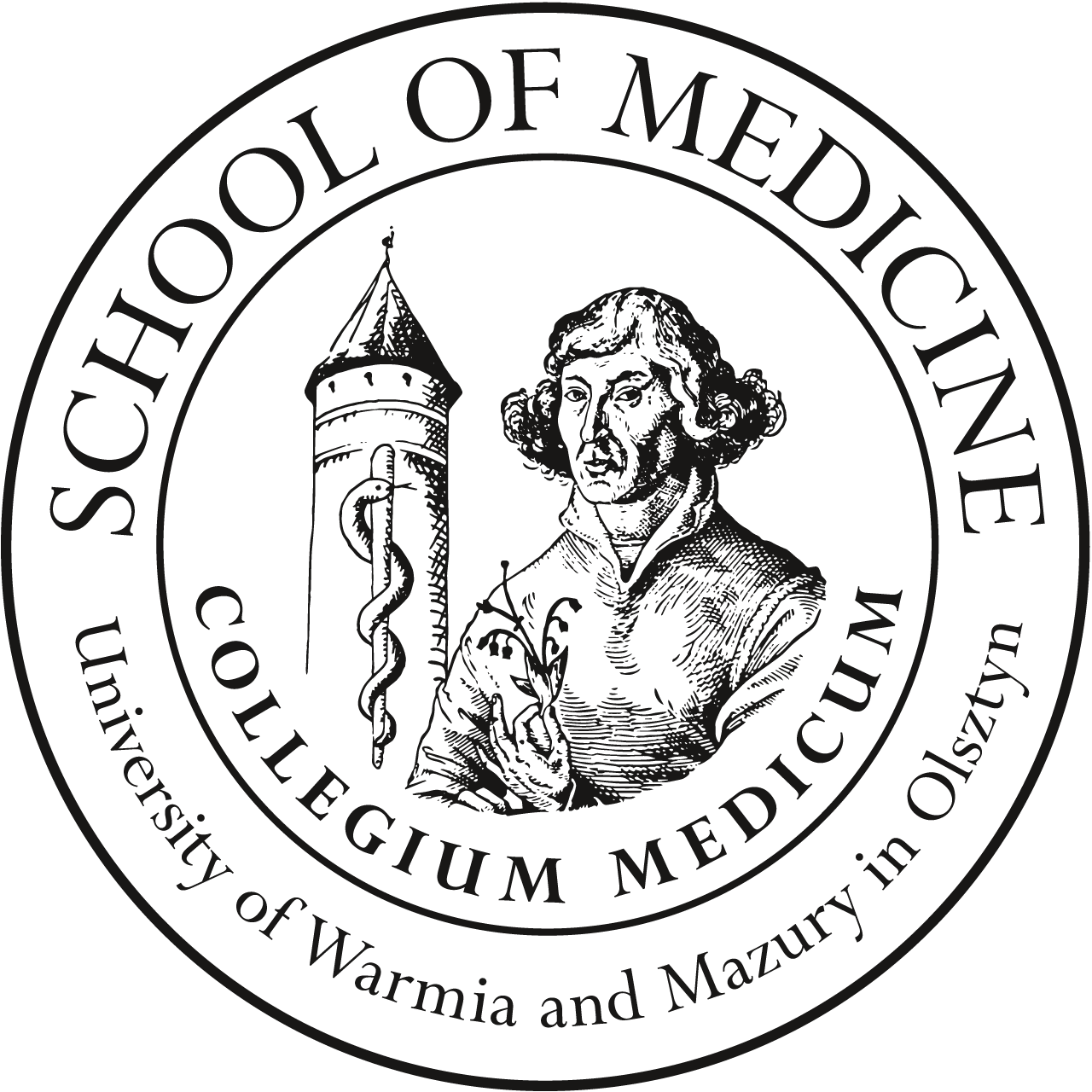SUBJECT MATTER CONTENT LECTURE WINTER: Epidemiology, etiopathogenesis and the classification of diabetes mellitus. SUMMER: Thyroid and parathyroid gland diseases. SEMINAR WINTER: 1. Acute and chronic complications of diabetes mellitus. SUMMER: 2. Pituitary gland diseases and adrenal gland diseases. 3. Osteoporosis and neuroendocrine tumors.1. CLASSES WINTER: Diabetes – diagnosis; clinical features of DM. 2. Treatment of diabetes: DM1, DM2, gestational diabetes and other types. 3. Diabetic ketoacidosis, hyperglycaemic hyperosmolar state, lactic acidosis. 4. Hypoglycemia - clinical implications and treatment. 5. Diabetes treatment - pharmacological and non-pharmacological. 6. Education of a patient with diabetes (information on diabetes, nutritional treatment, exercise, self-control). 7. Oral drugs used in diabetes: biguanide and, sulphonylurea derivates, α-glucosidase inhibitors, DPP-4 inhibitors; agonists of GLP-1 receptor. 8. Metabolic assessment of patient with diabetes – criteria of metabolic control. Assessment of nutritional treatment and physical activity. Planning therapy in diabetic patients. 9. Treatment with insulin. 10. Diabetic patient with concomitant diseases. Chronic complications of diabetes: retinopathy, nephropathy, polyneuropathy, cardiovascular complications. 11. Acute complications of diabetes: hypoglycemia, ketoacidosis and non-ketone hyperosmolar hyperglycemia. SUMMER: 12. Thyroid gland dysfunction 13. Graves' disease - (definition and etiopathogenesis, clinical picture, diagnosis, differentiation, treatment, prognosis). Thyroid orbitopathy. Toxic and non toxic nodular goiter. Thyroid cancer. Thyroiditis. 14. Thyroiditis and thyroid cancers. 15. Hyperaldosteronism, Cushing syndrome, Addison disease. 16. Adrenal gland incidentaloma. Adrenal gland cancer. MEN syndromed. Hypo- and hyperparathyreoidism. 17. Pituitary tumors. 18. Hormonally active and inactive pituitary gland tumors. 19. Hormonal disorders of ovaries with women: primary and secondary amenorrhea, polycystic ovary syndrome. Tumors of ovaries. Disorders of perimenopausal and postmenopausal period. 20. Primary and secondary hormonal disorders of testes with men. Neoplasms of testicles. Gynecomastia. 21. Water-electrolyte and acid-base balance disorders: dehydration, overhydration, hypo and hypernatremia, hypo and hyperkalemia, hypo and hypermagnesemia, hypo- and hypercalcemia, hypo- and hyperphosphatemia; acidosis and alkalosis. 22. Metabolic diseases of bone: osteomalacia, osteoporosis – determinants of peak bone mass and density, diagnosis and treatment of osteoporosis, FRAX; primary and secondary osteoporosis; prophylaxis of osteoporosis. TEACHING OBJECTIVE Etiology, pathophysiology, epidemiology, diagnosis and treatment of pulmonary, cardiac, hematologic, allergic and metabolic diseases DESCRIPTION OF THE LEARNING OUTCOMES OF THE COURSE IN RELATION TO THE DESCRIPTION OF THE CHARACTERISTICS OF THE SECOND LEVEL LEARNING OUTCOMES FOR QUALIFICATIONS AT LEVELS 6-8 OF THE POLISH QUALIFICATION FRAMEWORK IN RELATION TO THE SCIENTIFIC DISCIPLINES AND THE EFFECTS FOR FIELDS OF STUDY: Symbols for outcomes related to the discipline: | M/NM+++ | Symbols for outcomes related to the field of study: | K.2.+, E.U1.+, E.U30.+, M/NM_E.W40.+, E.U24.+, E.U14.+, E.U32.+, E.U7.+, M/NM_E.W39.+, E.U3.+, K.5.+, E.U13.+, M/NM_D.W17.+, K.3.+, K.1.+, M/NM_E.W41.+, M/NM_E.W7.+, E.U16.+, M/NM_E.W42.+, M/NM_E.W1.+, E.U29.+ |
LEARNING OUTCOMES: Knowledge: W1 – The student knows and understand environmental and epidemiological conditions of the most frequent diseases | W2 – The student knows and understand the patient’s rights | W3 – The student knows and understand the types of biological materials used in laboratory diagnostics and the rules of sampling the materials for testing | W4 – The student knows and understand the causes, symptoms, principles of diagnosing and treating the most frequently encountered internal diseases of adults and their complications: in particular endocrine system diseases, including the hypothalamus and pituitary gland diseases, thyroid and parathyroid diseases, adrenal cortex and medulla diseases, ovary and testicle diseases and neuroendocrine tumours, polyglandular syndromes, diabetes of various types, and the metabolic syndrome – hypoglycaemia, obesity, dyslipidaemia | W5 – he student knows and understand the theoretical and practical foundations of laboratory diagnostics | W6 – The student knows and understand the potential and limitations of laboratory tests in emergencies | W7 – The student knows and understand the indications for monitored therapy |
Skills: U1 – The student can take medical interview with an adult patient | U2 – The student can conduct complete and targeted physical examination of an adult patient | U3 – The student can evaluate the overall condition, state of consciousness, and awareness of the patient | U4 – The student can assess and describe the patient’s somatic and mental condition | U5 – The student can recognise immediately life-threatening conditions | U6 – The student can plan diagnostic, therapeutic, and prophylactic procedures | U7 – The student can interpret the results of laboratory tests and identify the causes of deviations from the norm | U8 – The student can perform the basic medical procedures and therapies, including: 1) taking the body temperature (both external and internal), the heart rate, the arterial pressure applying a non-invasive method, 2) monitoring the vital signs with the use of the patient monitor, pulse oximetry, 3) conducting spirometry tests, oxygentherapy, assisted and controlled ventilation, 4) inserting the oropharyngeal tube, 5) performing intravenous, intramuscular, and subcutaneous injections, cannulating peripheral veins, sampling peripheral venous blood, sampling blood for culture, sampling arterial blood, sampling arterialised capillary blood, 6) taking swabs from the nose, throat, and skin, 7) catheterising the urinary bladder in women and men, inserting the gastric tube, performing gastric lavage, enema, 8) taking standard electrocardiogram tests and interpreting them, performing electrical cardioversion and defibrillation, 9) taking simple strip tests and measuring glucose concentration in blood | U9 – The student can assist in the following medical procedures and operations: l) transfusing blood and blood product preparations, 2) performing pleural drainage, 3) performing pericardiocentesis, 4) performing paracentesis, 5) performing lumbar puncture, 6) performing thin needle biopsy, 7) performing epicutaneous tests, 8) performing intradermal and scarification tests and interpreting their results | U10 – The student can plan specialist consultations |
Social competence: K1 – The student is ready to establish and maintain a deep and respectful contact with the patient, as well as show understanding for worldview and cultural differences | K2 – The student is ready to be guided by the good of the patient | K3 – The student is ready to respect medical confidentiality and patient rights | K4 – The student is ready to perceive and recognize his own limitations and to self-assess deficits and educational needs |
TEACHING FORMS AND METHODS: Lecture(W1;W3;W4;W5;W6;W7;U3;U4;U5;U6;U7;U8;U9;U10;K4;):Presentation and discussion of diseases in the field of diabetology and endocrinology | Seminar(W1;W3;W4;W5;W6;W7;U3;U4;U5;U6;U7;U8;U9;U10;K4;):Discussion of issues in the field of diabettology and endocrinology | Classes(W1;W2;W3;W4;W5;W6;W7;U1;U2;U3;U4;U5;U6;U7;U8;U9;U10;K1;K2;K3;K4;):Exercises at the bedside of a patient with diabetology and endocrinology |
FORM AND CONDITIONS OF VERIFYING LEARNING OUTCOMES: Lecture: Part in the discussion - Evaluation of the work and cooperation in the group - Attendance on lectures (W1;W2;W3;W4;W5;W6;W7;U1;U2;U3;U4;U5;U6;U7;U8;U9;U10;K1;K2;K4;); | Classes: Competention test - Competention test - Written credit (multiple-choice test) - 60 questions concerning the topic covered on respective semester. (W1;W2;W3;W4;W5;W6;W7;U1;U2;U3;U4;U5;U6;U7;U8;U9;U10;K1;K2;K3;K4;); |
BASIC LITERATURE: 1. Siegenthaler, Differential Diagnosis in Internal Medicine, Wyd. Thieme, R. 2011 | 2. Kumar Clarks Saunders, Clinical medicine, Wyd. Elsevier, R. 2009 | 3. Boone N.A., Colledge N.R, Davidson’s Principles Practice of Medicine, Wyd. Elsevier, R. 2012 | 4. Lee Goldman, MD and Andrew I. Schafer, MD, Goldman's Cecil Medicine, Wyd. Saunders, R. 2012 |
SUPPLEMENTARY LITERATURE: | Legal acts specifying learning outcomes: 672/2020 Disciplines: medical sciences Status of the course:Obligatoryjny Group of courses:B - przedmioty kierunkowe Code: ISCED 0912 Field of study:Medicine Scope of education: Profile of education: Practical, General academic Form of studies: full-time Level of studies: uniform master's studies Year/semester: 5/9 |
Types of classes: Lecture, Seminar, Classes Number of hours in semester:Lecture: 12.00, Seminar: 20.00, Classes: 32.00 Language of instruction:English Introductory subject: Prerequisites: Preliminary requirements: background of anatomy, physiology and pathophysiology, knowledge of the internal medicine (sem. 5-8) |
Name of the organisational unit conducting the course:Katedra Kardiologii i Chorób Wewnętrznych Person responsible for the realization of the course:dr n. med. Piotr Cygański e-mail: |
|


